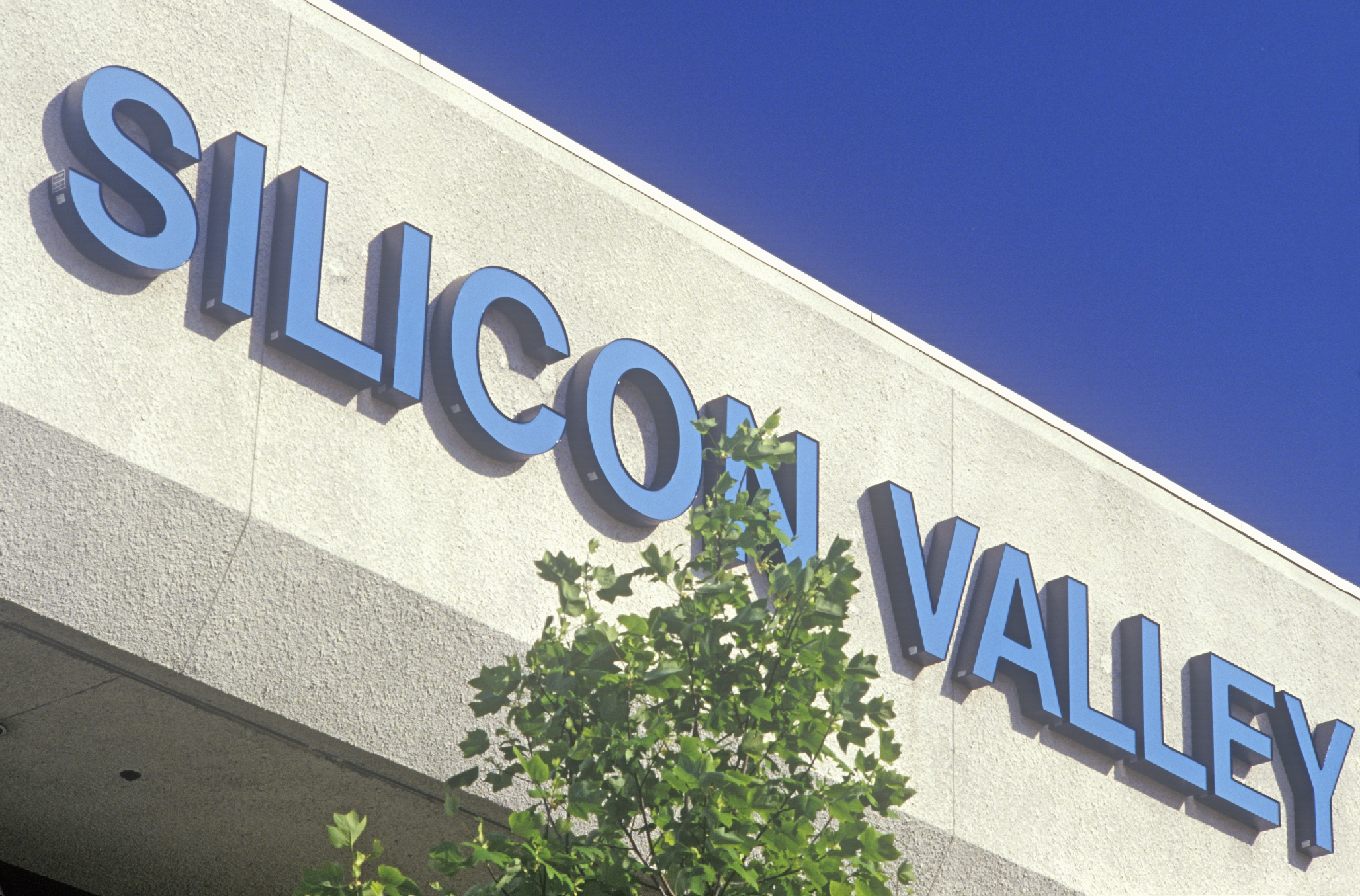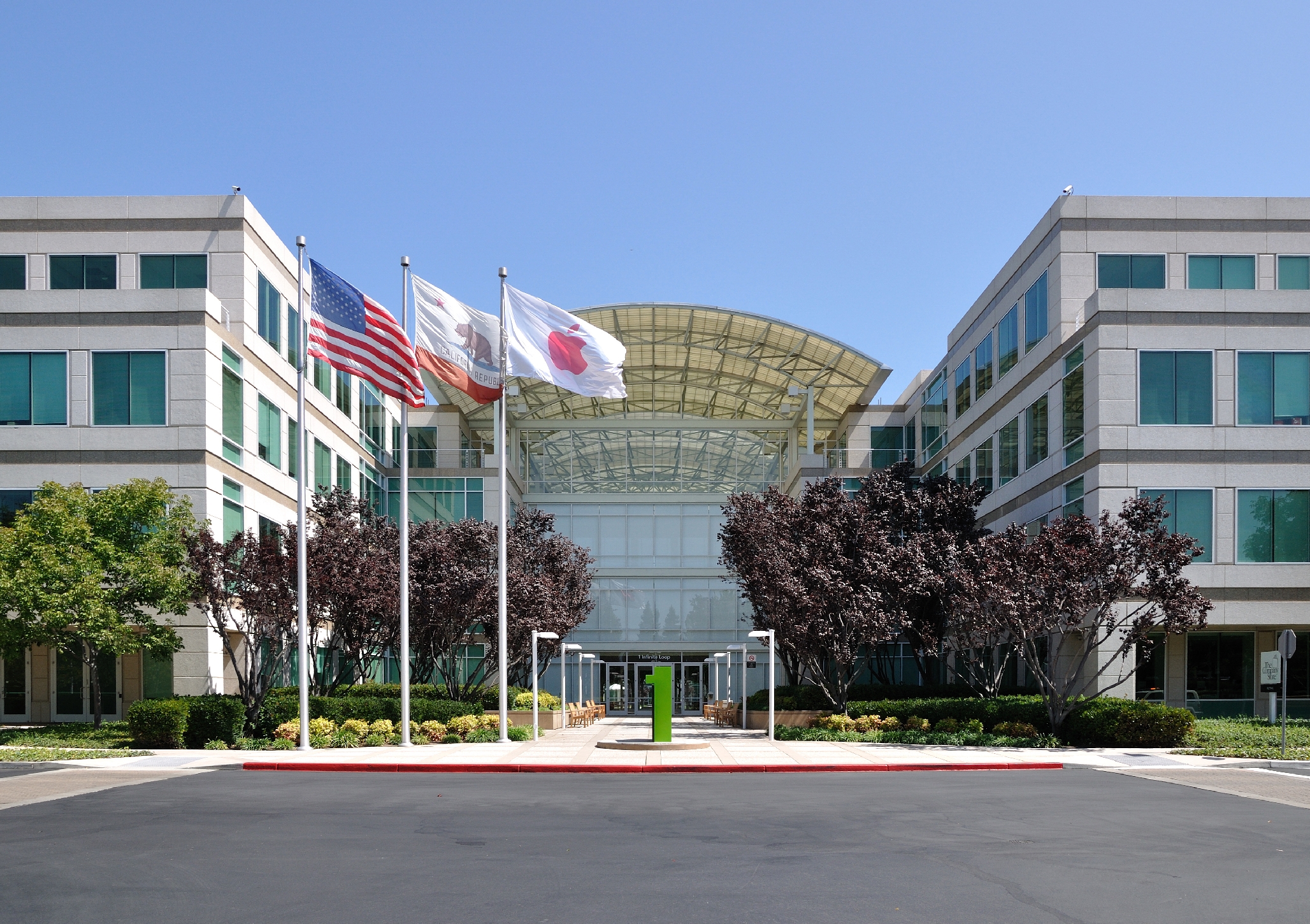Spring 2016
Can Europe Innovate a Way Out of Its “Lost Decade”?
– R. Sean Randolph
However you look at it, much of Europe has experienced a lost decade. With austerity, high debts, slow growth, and limited ability to reinvest in a middle class, how can Europe regain its footing?
Long before the words “Grexit” or “Brexit” entered the popular lexicon, the economic news out of Europe was difficult. Since the 2008–9 recession, Eurozone countries have been treading water, bobbing up and down in the wake of the economic storm: falling into recession in spring 2008, rising out in spring 2009; falling again in late 2011, rising again to growth of 1 to 1.5 percent in 2014 and 2015. Across the Eurozone, success is piecemeal and has varied by region and country. In 2015, Germany’s gross domestic product (GDP) grew by 1.5 percent, while Italy’s economy followed two negative years with 0.8 percent growth; resilient Poland, one of only two European Union (EU) member states able to avoid the Great Recession altogether, grew by 3.5 percent.
Whatever the metric or perspective, much of Europe has experienced a lost decade. With punishing austerity and high debt-to-GDP ratios in many countries, and slow growth across the board, how can Europe find its way again? Trade, consumer spending, and business investment — which have seen muted growth at best — are the traditional routes to economic recovery. But while Europe struggled, the global economy shifted to a more abstract foundation: innovation, especially digital innovation, from which trade and investment follow.
Innovation can be either incremental or transformative. Incremental innovation — the improvement of an existing process — is important to creating value, but by its nature it is often about building on existing creations; its returns are less explosive, but often are more stable. Transformative innovation, as its name suggests, can be game-changing, causing disruption of existing industries and processes, creating new industry leaders, and sometimes fundamentally changing the way people live. While Europe is rich in both human capital and technology and boasts many highly competitive international companies (Siemens, SAP, Philips, Bayer, and Ericsson, to name a few), the innovation stemming from these sources tends toward the incremental. Europe simply is not generating transformative innovation at a high level. With a few notable exceptions (e.g., Spotify, the music-streaming giant founded in Sweden), the nations of Europe are failing to generate and grow new cutting-edge technology companies.
By a range of measures, Europe is losing ground in the technology industries that are reshaping the world’s economy. A 2014 report by business consultancy A.T. Kearney suggests that Europe’s high-tech sector is actually in decline. According to the study, only 9 of the 100 top global information and communications technology companies are headquartered in Europe, a number that is falling due to mergers and acquisitions and faster growth by Asian and U.S. competitors. European spending on research and development (R&D) as a percentage of GDP lags both the United States and Japan, and of the world’s 13 largest patent-producing companies, only 2 are based in Europe. Digital commerce is a similar story. CB Insights reports that from 2010 through the first half of 2015, just three markets — the United States, China, and India — accounted for 62 percent of global venture deals and 71 percent of global funding for e-commerce. Germany and the United Kingdom were major markets, too, but at a fraction of the scale.
The capacity to generate and grow new entrepreneurial enterprises is the proverbial engine in the global economic race.
These data reflect activity by large companies at the top end of the food chain, but Europe’s innovation challenge goes deeper. In today’s fast-moving tech industry, smaller, more nimble companies are in many cases able to innovate more quickly than larger, more established corporations — including companies with substantial R&D budgets. The capacity to generate and grow new entrepreneurial enterprises is the proverbial engine in the global economic race. Recognizing this, communities throughout the world, including many in Europe, look to the place that often is thought of as synonymous with transformative innovation: the San Francisco Bay–Silicon Valley region. Comparing Europe, which led the global economy for centuries, and the surging economy of the greater Silicon Valley, illustrates Europe’s challenge and points to possible paths forward.
The Silicon Valley Standard
The economy of the San Francisco Bay–Silicon Valley region is driven by technology, drawing on an ecosystem that supports research, innovation, and technology commercialization. Patents offer one measure of innovation: the region accounts for 16 percent of all U.S. patents, far more than any other metropolitan area both in total numbers and in patents generated per million residents. Risk capital is another. Historically, roughly one-third of all venture investment in the United States has flowed into the Bay Area. In recent years, this share has grown, as the venture capital industry has consolidated into a small handful of cities. In 2015, Bay Area companies received almost half (46.5%) of all venture investment in the United States, reflecting both the concentration of venture firms in the region and an opportunity-rich environment of startup and early-stage companies.

The foundation of the Bay Area’s disruption economy is a massive research-related corridor. Major universities, national laboratories, and other R&D facilities are open to collaboration with industry. The area’s highly developed legal and financial services sector has deep experience in intellectual property, finance law, IPOs, and specialized industry needs. And it is home to an archipelago of incubators and accelerators that nurture younger companies, supporting them in a collaborative environment where they can engage with industry experts, investors, and other entrepreneurs. Equally important is the connective tissue between these pieces. There’s ambition to create global businesses, an extraordinary willingness in the business and entrepreneurial community to assume risk and accept failure, role models who have succeeded as entrepreneurs and are prepared to mentor others, and a highly networked business environment that enables people and ideas to overcome institutional barriers with relative ease and speed.
In the aggregate, the region’s unique array of assets has helped to create and nurture global titans, including Google, Apple, Facebook, and Twitter, as well as niche disruptors like Square, Uber, and Airbnb. Behind them, a mass of even newer companies and younger innovators follow, promising to disrupt the disruptors with ideas and impacts that are impossible to predict. This combination of ambition, resources, talent, and success has organically created a global brand for Silicon Valley and the San Francisco Bay region — and has made the region into something approaching a movement.

Perhaps unsurprisingly, the magnetism of the Valley/Bay Area attracts talented, educated, and ambitious people from around the world. In this expat community, no region enjoys greater representation than Europe. Large European multinational companies are developing partnerships with large Bay Area tech companies, scouting emerging technologies, and looking for startups whose technologies or strategies either threaten or support their business models. Often, their global innovation teams are based in the region, working to translate its more open, nimble style of innovation back to their European headquarters.
Even more interesting than the presence of European corporations is the large-scale migration of European entrepreneurs to the region. More than 300 European startups and early-stage companies may be operating in or visiting the region at any given time. They come from virtually every country, are supported by an extensive network of European-oriented incubators and accelerators, and benefit from the peer networking and advisory services offered by European business organizations and their governments through consulates and dedicated innovation offices. The companies that succeed become mini-multinationals: the U.S. operation sources capital and handles marketing, while the European unit continues to employ the lion’s share of engineers, who are high-quality and cheaper to employ than their Silicon Valley counterparts.
Many of these immigrant entrepreneurs represent the best of European startup talent, and made it to the Bay Area through selective, competitive processes. They are where much of Europe’s future growth could and should come from, so it needs to be asked: what pulls them toward California and the Bay Area and, equally important, pushes them away from Europe?
Confronting Europe’s Challenges
Overall, Europe’s environment for startups is less desirable than that of the Silicon Valley–Bay Area because of differences in finance, scale, and culture.
Although the European community can claim a modest number of angel investors, Europe’s venture sector is underdeveloped. The total pool of venture capital invested in all of Europe in 2014 was $8.8 billion — roughly one-sixth the amount of that in the United States ($52 billion). European governments have stepped in to fill the void, providing the largest single source of venture funding (roughly 40 percent), followed by banks, corporations, and funds of funds. And many of the managers of European venture funds are bankers, not entrepreneurs. In the United States, most venture capitalists have started businesses themselves, and 90 percent of venture investment comes from private sources. Different sources of venture investment lead to fundamentally different levels of institutional engagement and mentorship. Private investors who have started companies and have their own money on the line are likely to take a much more hands-on approach supporting the companies in their portfolio. One implication of this pattern is that when European startups need serious risk capital, many look to the United States, and to the Bay Area in particular.
Different sources of venture investment lead to fundamentally different levels of institutional engagement and mentorship.
As a related driver, large European companies typically grow and innovate internally. American technology companies have developed strategies to grow by acquiring smaller firms. For European entrepreneurs aiming to see their businesses acquired, the United States therefore offers a far more promising environment. Add to this the fact that there are few places in Europe where IPOs are an option to exercise, and pressure builds for ambitious European startups to seek opportunity elsewhere.

Many European countries produce innovative businesses and entrepreneurs, but lack the market scale to grow them into global companies. Despite the single European market for goods, there is still no single EU market for services. Regulatory, tax, and labor policies remain the prerogative of national governments, which means that small companies hoping to grow beyond national borders face a multitude of varying regulations that multiply their costs. This problem of scale applies to venture capital as well, as there is no “European” venture market and investment is mostly at the national level. This means that a startup in Italy may draw on whatever risk capital is available in Italy, but is unlikely to attract investment from France. For many startups, the cumulative effect of all of this is that when they want to reach a global scale, they cannot achieve it while staying in Europe. Instead, many come to the Bay Area, expanding into the U.S. market first, then rolling out internationally.
Capital and scale are the biggest business-side challenges, but culture cannot be ignored. Negative attitudes toward risk and failure can discourage entrepreneurs and inhibit their ability to find new investors if their first endeavor fails. By contrast, the most American startups live by a different mantra: “fail early and often” (or, as Facebook famously implored its staff members in its early years, “move fast and break things”). In much of Europe, generous welfare states often translate into high tax rates at upper income levels — the top marginal rate in the United States is several points lower than the top rates in the EU’s five largest countries — which suggests negative attitudes toward wealth and discourages entrepreneurs from building businesses there. Overregulation further raises the barriers to entry, while in some countries rigid labor laws make it difficult to hire and fire employees with the flexibility needed in a volatile and uncertain business environment.
Does this mean that Europe has lost the innovation game and will fall further behind? Not necessarily. There is tremendous variation at the national level in Europe. Some small economies like the Netherlands stand out. Nordic countries in particular have shown impressive innovative capacity, particularly when measured by the proportion of their small populations to the number of globally significant companies with Nordic founders. Some Eastern European economies, such as Poland and Estonia, also show energy. Germany has a base of engineering and advanced manufacturing capacity that can be leveraged for growing applications in the Internet of Things. London and Berlin have emerged as important startup hubs with significant numbers of investors. In cities throughout Europe, incubators and accelerators with a look and feel much like those in the United States are sprouting up.
Promising partnerships between European and Bay Area resources already exist, and could prosper further in an innovation-friendly European service market. Looking to the future, partnerships between U.S. and European accelerators can help to anchor growth on both sides of the Atlantic, enabling more young companies to be successful faster. Negotiators in the Trans-Atlantic Trade and Investment talks can address barriers to the growth of small and medium enterprises. Plans have been announced for a Capital Markets Union, which can help but will take time to implement. By reducing regulatory fragmentation, the EU’s goal of creating a single digital market offers another opportunity to reduce barriers to tech growth internally and with the United States — if it doesn’t degenerate into a digital “fortress Europe.”
With a deep base of talent and strength in both manufacturing and design, Europe is rich in innovative potential. To generate change, however, it must quickly address the challenges of finance, scale, and culture. National governments (and the EU itself) are increasing their support for technology research and startups; European venture funding for tech is up. Cultural attitudes in Europe toward entrepreneurs (and risk and failure) are starting to change, and American venture capitalists are rediscovering Europe as a place to invest.
But innovation is also about speed, and it remains unclear whether these changes will happen fast enough to spur rapid company formation and growth, or home-grown companies with global reach. Disruption will occur, one way or the other — either Europe will be causing the disruption, or it will be disrupted, perhaps permanently.
* * *
Sean Randolph is senior director of the Bay Area Council Economic Institute, a business-, government-, and university-supported research center focusing on the California and San Francisco Bay/Silicon Valley economies.
Cover photo courtesy of Flickr/Lukasz Radziejewski
